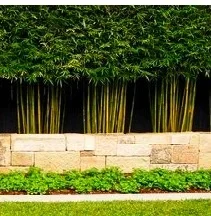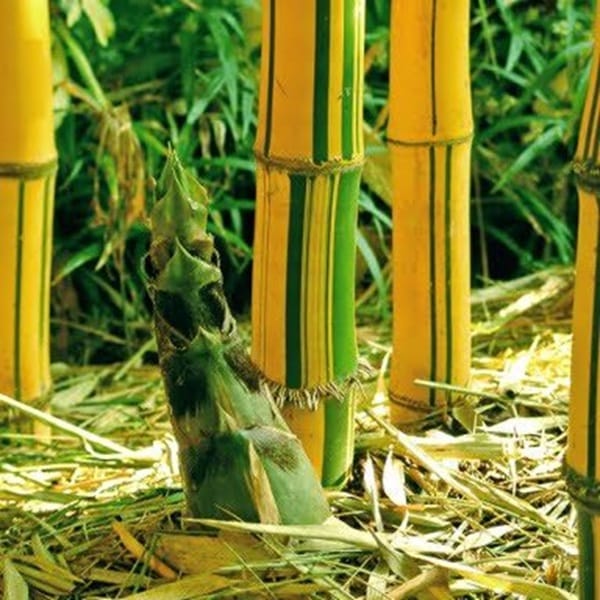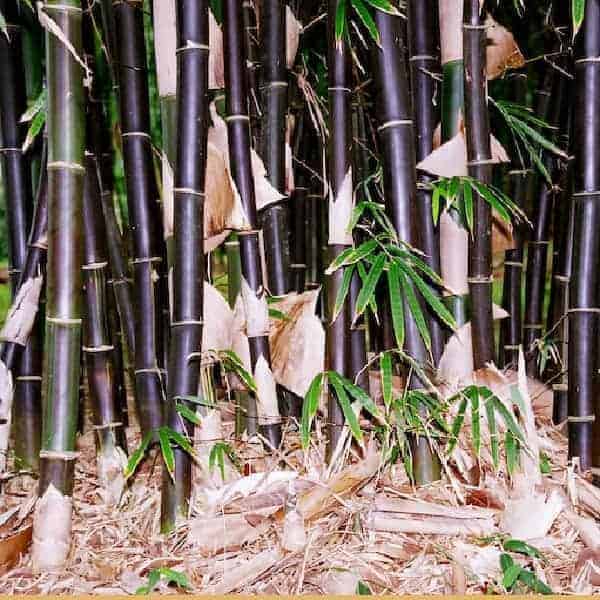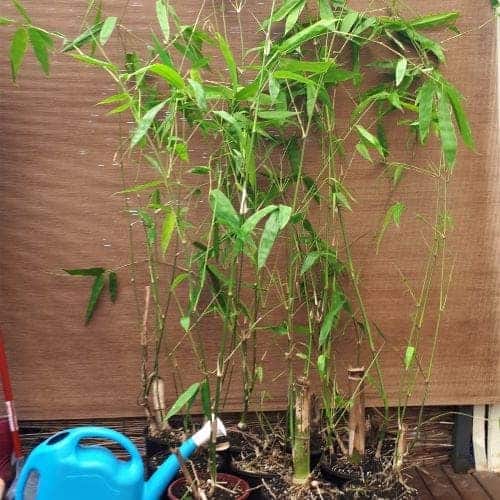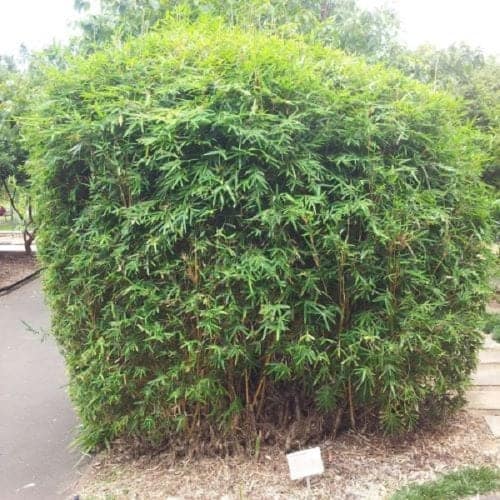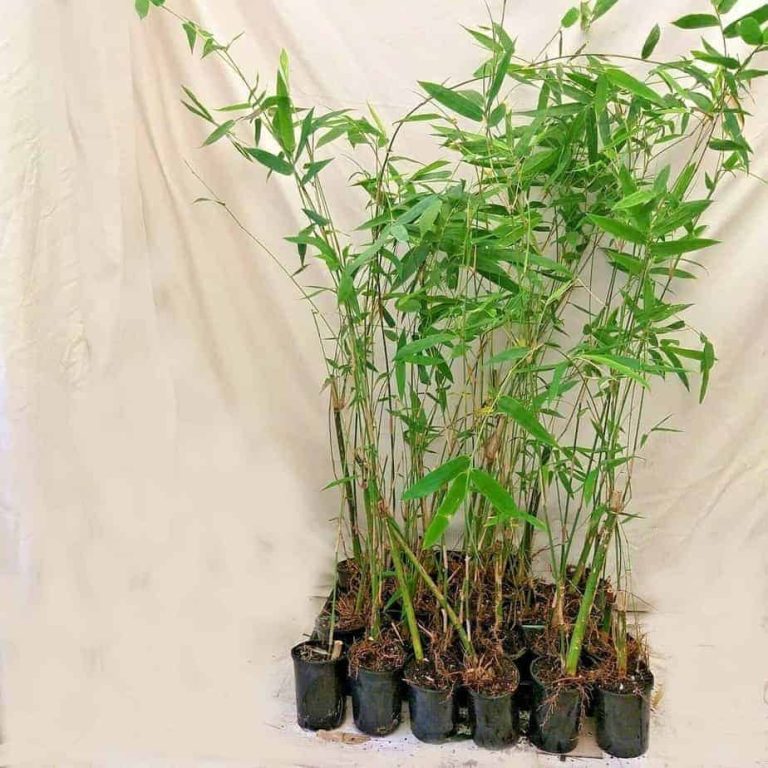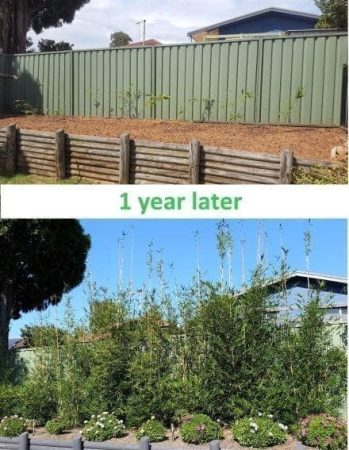welcome to Sydney Bamboo
We Specialise Growing Screening And Other Clumping Bamboo Plants.
Fast Growing And Easy To Maintain
Free Advice To Create Privacy In Your Own Backyard.
All Orders Covered By Buyer Protection,
Flat Rate $20 Shipping On All Orders To The Sydney Area.
Buy Slender Weavers Clumping Bamboo
What you can expect from Sydney Bamboo
Expert advice to achieve the look you want


Slender Weavers bamboo is the best bamboo for screening
Care guidelines to get the very best from your bamboo
With easy to follow guidelines that make growing bamboo stress free and easy.
Zero worry and Zero stress: buyer protection
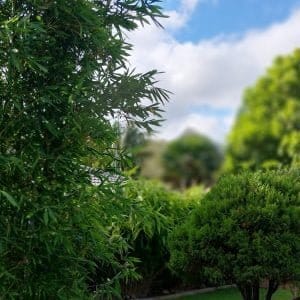

Normally orders are shipped via overnight courier on Monday or Tuesday.
We can ship plants at fairly short notice if you let us know.
Call 0483876115
Secure payments with 100% buyer protection. Delivery as fast as 1 day only $20 per order to Sydney.
Cloned plants which always look the same


Professionally propagated plants (clones)
Genetically identical to every other bamboo of the same name so they always look the same.
Buy Slender Weavers here or anywhere else, so long as they are genuine Slender Weavers (Gracilis) they will always look the same
Buy Slender Weavers Bamboo Plants
Buying and Shipping Info
Orders usually shipped Monday/Tuesday.
Simple $20 per order delivery to Sydney.
$20 shipping to Newcastle, Wollongong, Central Coast and Bathurst.
Urgent? We will do our best to arrange same or next day if we have a few hours to prepare .
Buy with confidence.
We have remained in business since 2012 selling online with all payments covered by Buyer Protection.
Your order will be left in a safe place and you do not need to be in to receive it.
Call 0483 876 115
